PWC-7 excels again with successful nuclear fuel experiment in BR2
Earlier this month, the last fuel pin of an experimental project was unloaded in the hot cells at BR2 from the PWC-7 (Pressurized Water Capsule, 7th generation), the experimental installation in use at BR2 since 2021 to perform power transients on commercial nuclear fuel pins. “This event in fact marked the end of a year-long process for us, demonstrating that we can effectively cope with a failure of the test pin in the PWC, and perform these experiments on a routine basis”, informs Simon Billiet, project leader transient fuel testing.
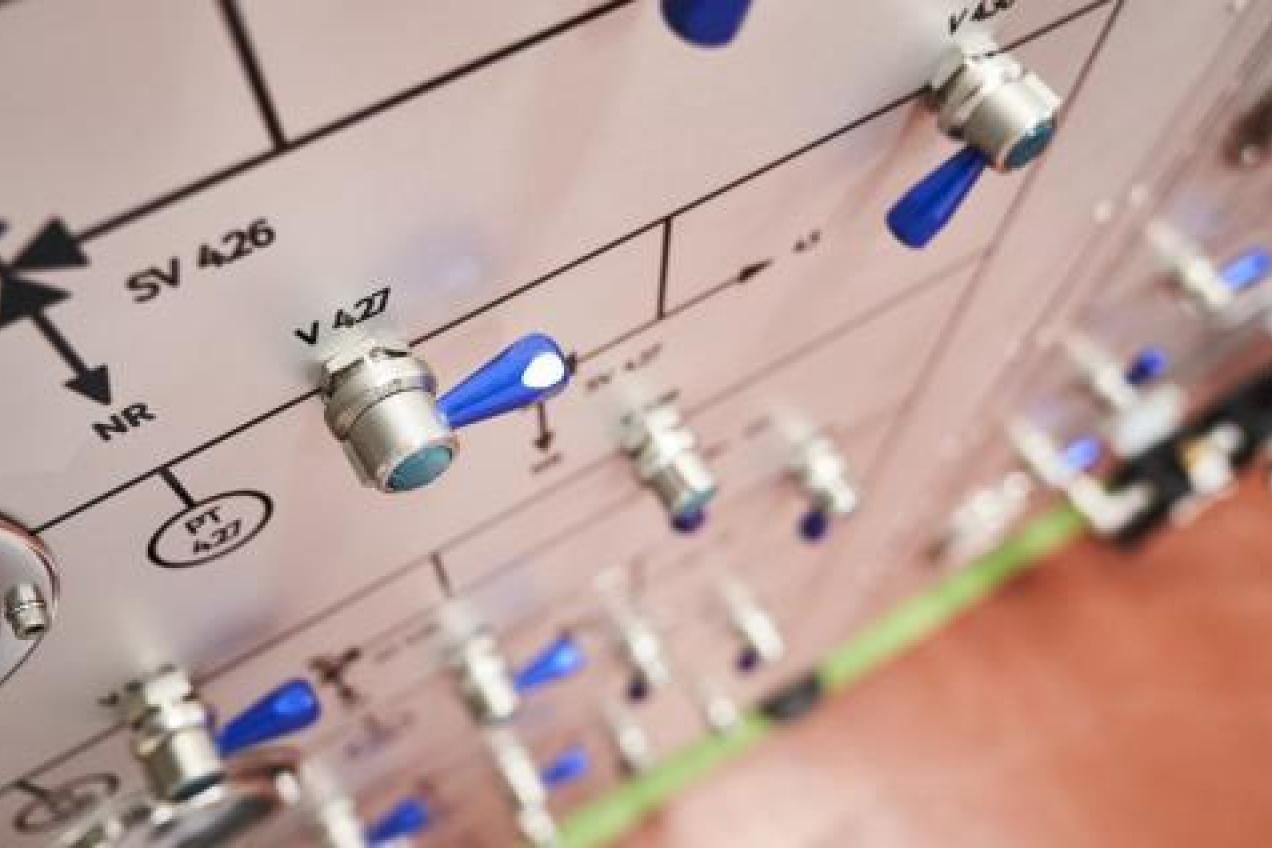
A vital upgrade
In June 2022, we already achieved a crucial milestone. When the PWC-7 installation was able to guarantee the safety of the experiment and of BR2 when performing a transient test in which the failure limit of the nuclear fuel cladding was exceeded and fission products were collected in the pressure tube of the PWC-7. However, while the experiment was performed flawlessly, the installation faced some challenges afterwards when trying to clean up the fission products from the capsule.
“The installation and procedures deployed were not effective enough to circulate the fission product contamination towards the dedicated capsule water cleansing equipment,” explains Miquel Torres, expert at the SCK CEN's Nuclear Engineering Office.
As a result, a significant effort was made to improve the clean-up of the PWC-7 installation and evacuate the accumulated fission products in the capsule, which led to expanding the facility to the cleaning equipment. “It was a challenge but, ultimately, we managed to bring back to service the PWC-7 installation for the next experiment”, says Miquel.
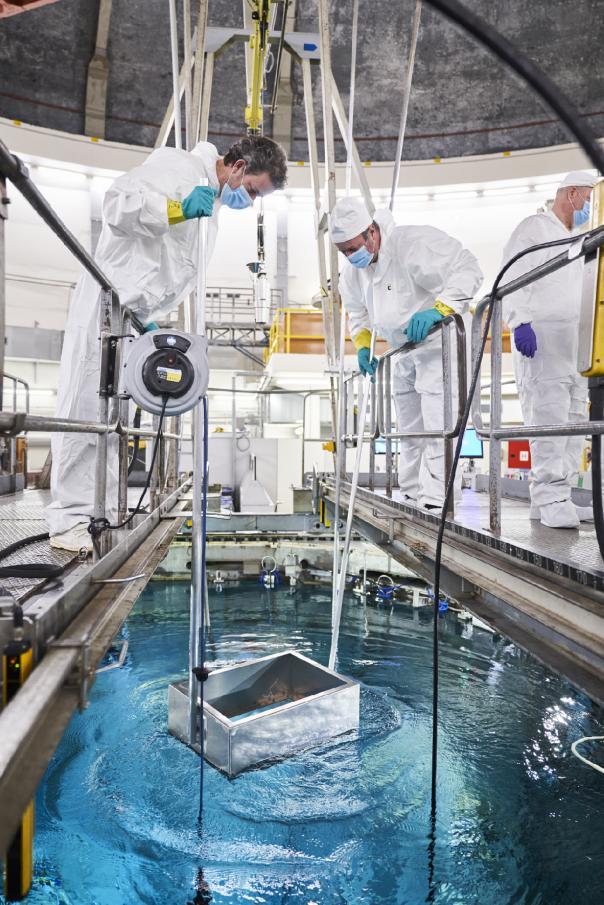
Another successful fuel test
The last experiment was performed in May. “Had the capsule not been fully cleaned, there was a risk that residual contamination of the previous experiment would disturb the detection of fission products as a signal of the next fuel pin failure during the current experiment. Fortunately, this was not the case at all, which also demonstrates the ability of the PWC-7 installation to carry out successive cladding failure experiments”, explains Simon.
Indeed, the installation was able to detect a new cladding failure, ensuring the safety of the installation and BR2. Thanks to the improvements made the last year, we could clean the PWC-7 flawlessly and on time, after which we unloaded the fuel pin from the PWC-7 in the BR2 hot cells.
“We achieved another milestone with the PWC-7 installation, and are already planning the next transient fuel test for December. The experimental capacity of BR2 and its PWC installation are unique in the world.
We’ll continue to employ them for qualification of new fuels to improve the safety and efficiency of power reactors,” concludes Brian Boer, program manager LWR and advanced fuels.
Related articles
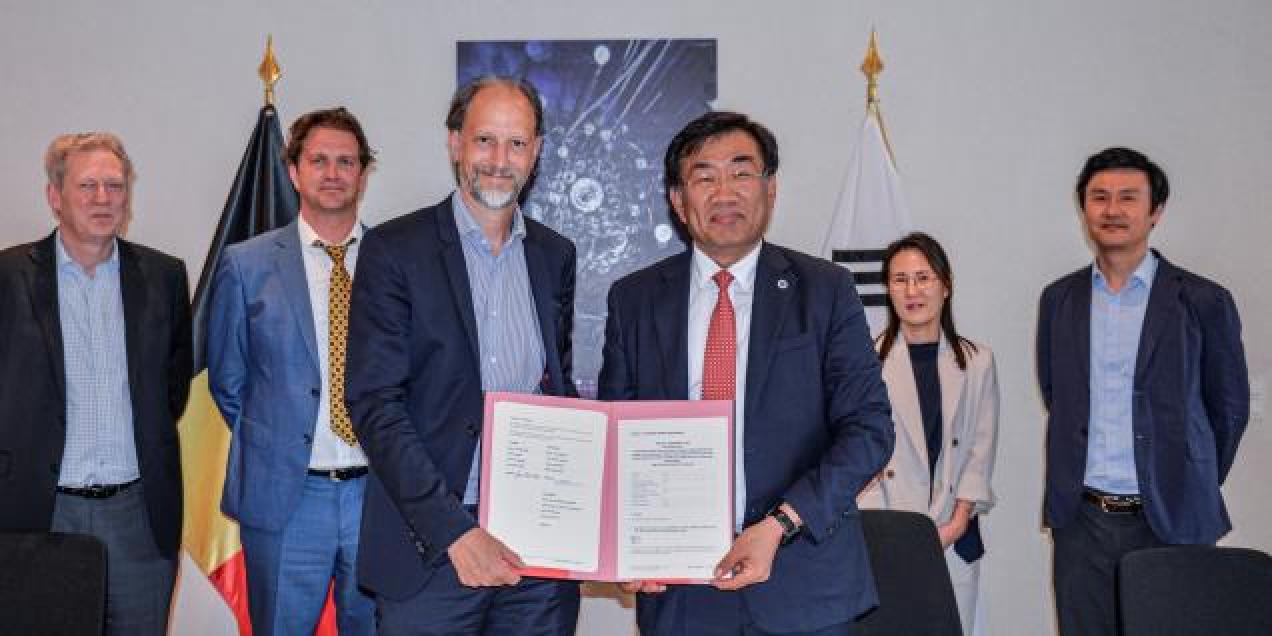 30 June '23
30 June '23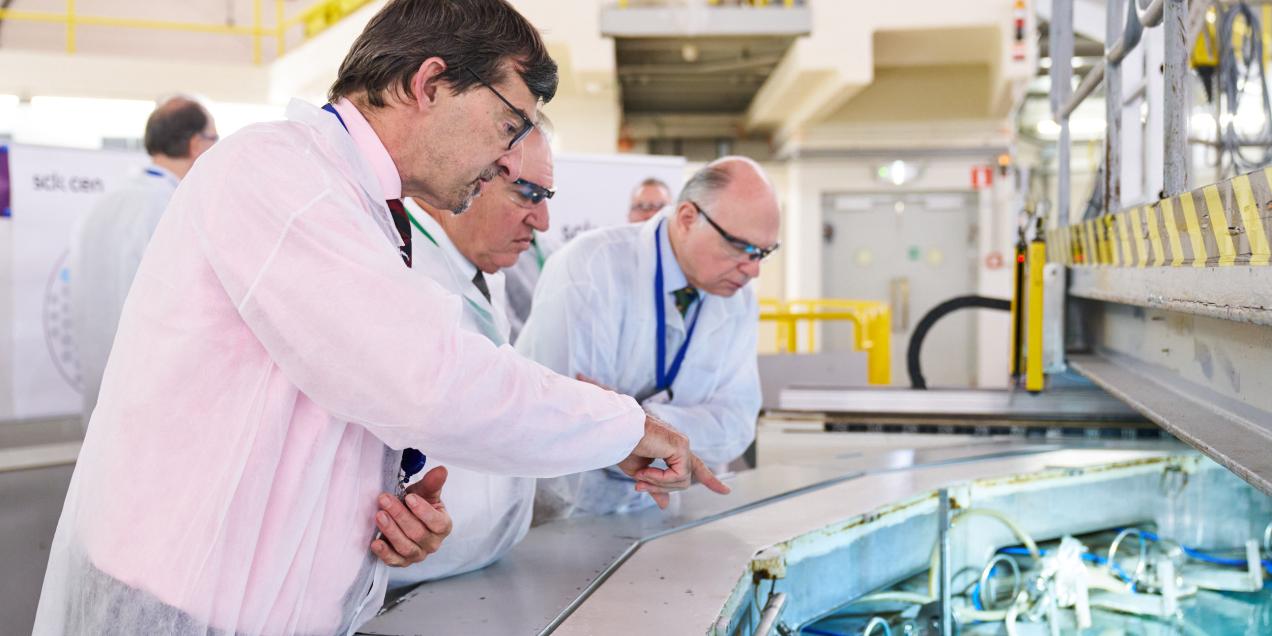 31 March '23
31 March '23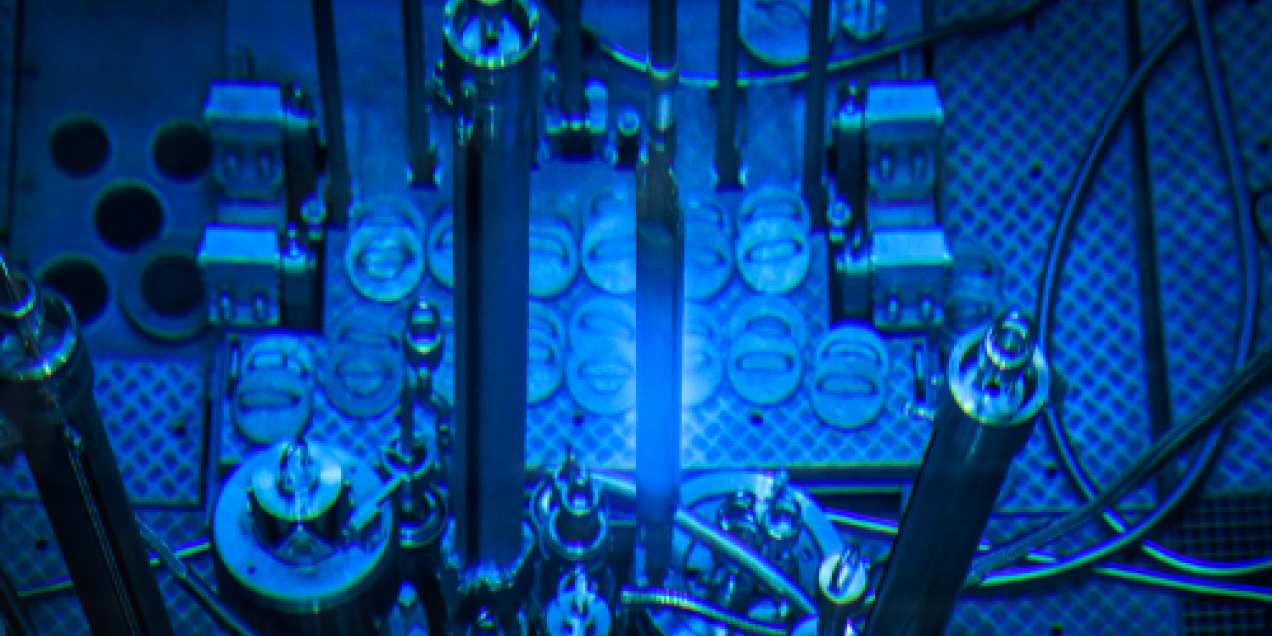 23 March '23
23 March '23